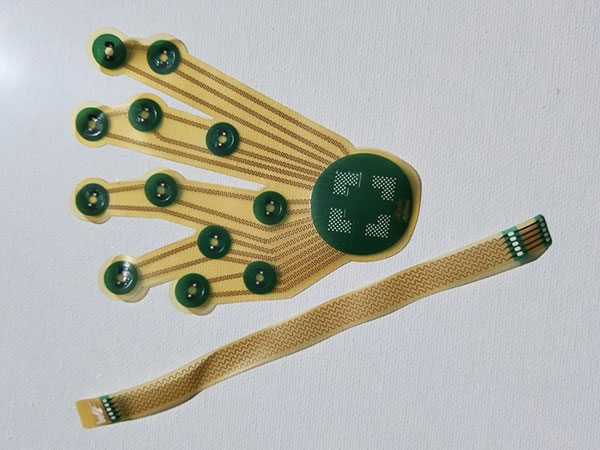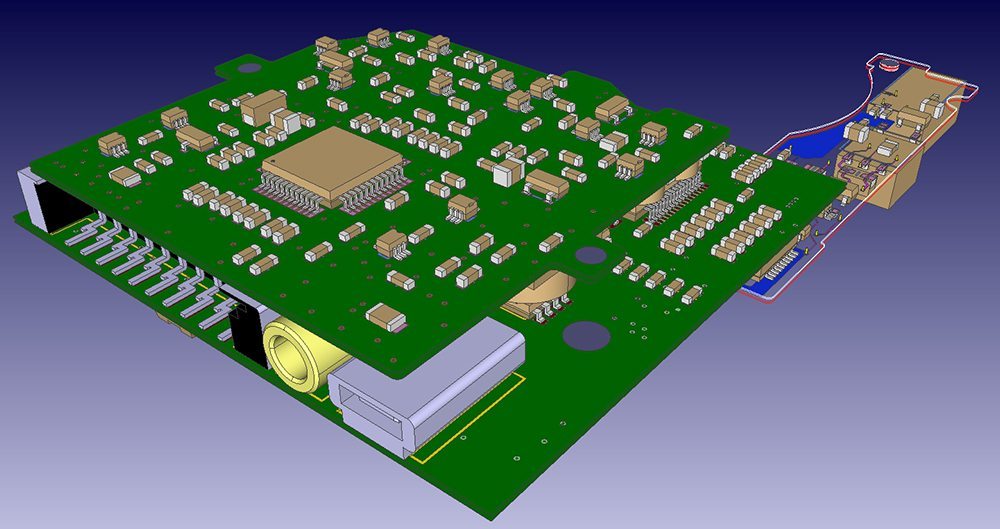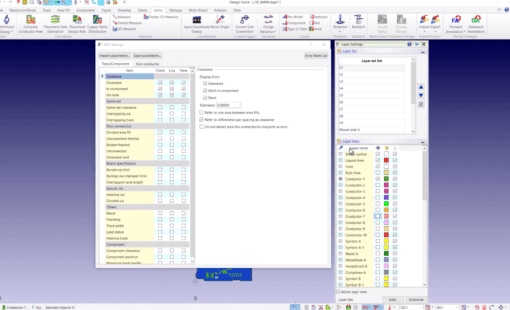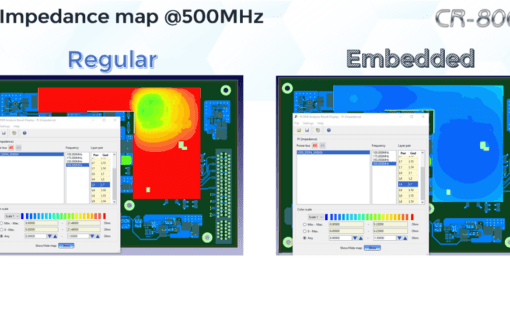Electronics are becoming a more integral part of our daily lives, and the industry is seeking to design systems that are more natural and cohesive with our world. Unlike traditional electronics, which are rigid by nature, flexible electronics offer a new way to create systems that can conform to their surroundings.
Developing such advanced technology requires powerful and sophisticated underlying software tools. Now, we’ll look at the emergence of flexible electronics and how Zuken’s CR-8000 software is a key enabler of this advancement.
The Emergence Flexible Electronics
Flexible electronics are a revolutionary advancement poised to redefine the boundaries of design and functionality in electronics.
At its core, this technology involves the creation of electronic circuits on flexible substrates, as opposed to traditional rigid materials. One of the main technological aspects driving this innovation is the development of new materials like conductive polymers, flexible semiconductors, and advanced nanostructures. These materials provide the necessary electrical properties and ensure durability and reliability under mechanical stress.
Consequently, this shift allows for a new dimension of design flexibility, enabling the development of devices that can bend, stretch, and conform to different shapes and surfaces.

Additionally, a significant factor in the popularity of flexible electronics is the advancement of manufacturing processes. Techniques like 3D printing, inkjet printing, and laser ablation are instrumental in enabling the use of complex circuitry on pliable substrates, opening up new possibilities in design and mass production.
Together, the potential applications of flexible electronics are vast and varied—ranging from bendable smartphones and rollable displays to wearable health monitors and foldable solar panels.
Zuken’s CR-8000 for Flexible Electronics
Developing flexible electronics requires specialized software tools, with Zuken’s CR-8000 standing as an industry leader.
A defining capability of CR-8000 is its ability to handle the complexities of designing flexible circuits. For example, the tool offers exceptional support for flex-rigid design, a critical aspect of creating electronics that incorporate both flexible and rigid components. This functionality allows engineers to design products that leverage the benefits of both types of substrates, ensuring optimal performance and reliability.

Moreover, CR-8000 Design Force features sophisticated layer management and material selection features that enable designers to experiment with various substrate materials and configurations. This flexibility is crucial in flexible electronics, where material properties significantly impact the overall device performance and durability. CR-8000 excels at supporting these requirements with its advanced design for manufacturing (DFM) rules and checks. This capability ensures accurate designs, accommodating the unique aspects of stretchable flex designs, such as material stretchability and copper trace configurations.
Additionally, the tool’s advanced routing features and 3D modeling capabilities allow for precise control over the layout and spatial configuration of electronic components. This functionality is essential for designing devices that need to conform to specific shapes or wearable formats.
Enabling Flexible Electronics
Ultimately, flexible electronics represent a significant leap forward in technological evolution, offering unprecedented opportunities in design and functionality. As this field continues to expand, tools like Zuken’s CR-8000 will play a crucial role in turning innovative concepts into tangible products. The fusion of advanced materials, manufacturing techniques, and cutting-edge design tools like CR-8000 sets the stage for a new era of electronics.
Related Products and Resources

- Blog

- Blog

- Blog

- Blog
